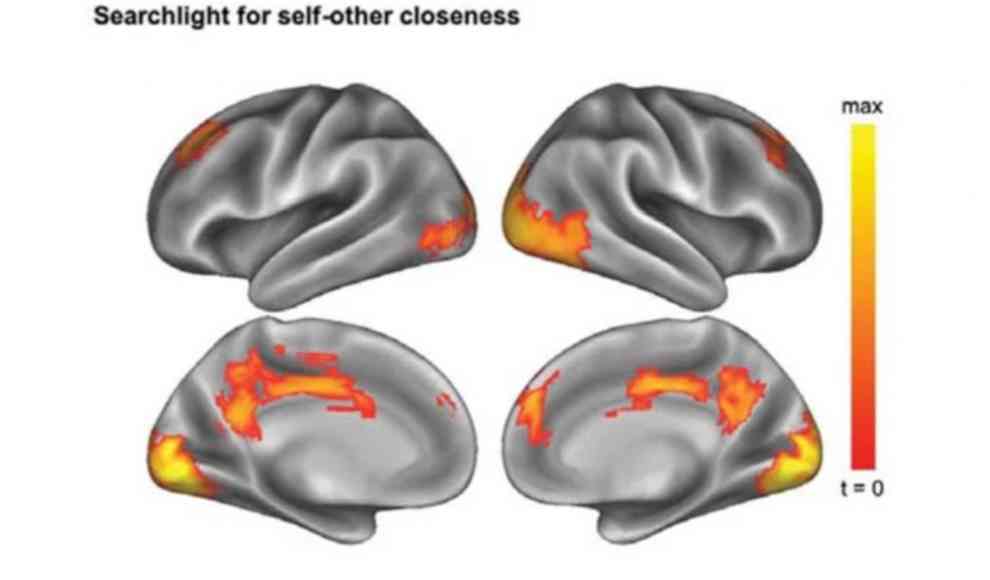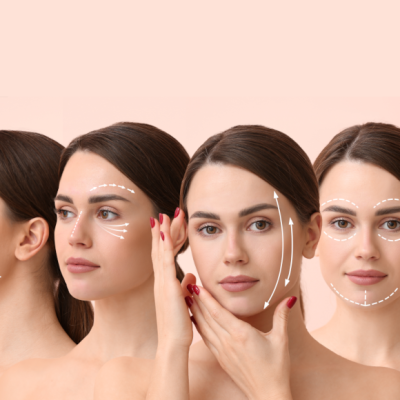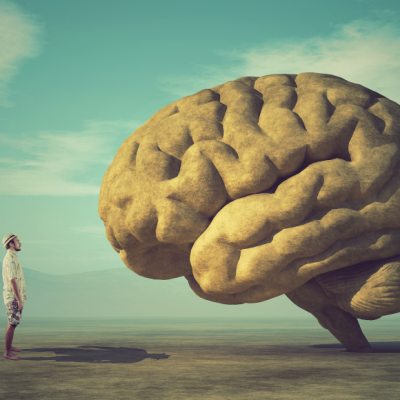Loneliness and social isolation have become increasingly prevalent during the COVID-19 pandemic, affecting people of all ages. A recent study published in the International Psychogeriatrics journal found that young adults, those over 50, and seniors are particularly affected. To investigate the effects of loneliness on the brain, researchers from Stanford University and Dartmouth College used functional magnetic resonance imaging (fMRI) to analyze the brain activity of 43 participants while they thought about themselves, celebrities, and close friends. The study found that the pattern of brain activity varied depending on the person being thought about, with different circuits being activated when thinking about oneself versus others.
The study also found differences in brain activity between socially isolated and socially integrated participants. The medial prefrontal cortex, responsible for a person’s self-image, was the central circuit activated when thinking about oneself or others for all participants. However, the activation pattern was more disconnected from other circuits in socially isolated individuals, indicating a “lonelier” self-representation. Additionally, the neural patterns for close friends and oneself were more distinct in lonely individuals. The researchers suggest that chronic social isolation leads to a lonelier self-representation in the brain.
It is unclear whether these neural differences are a cause or effect of loneliness. However, the study highlights the importance of social connections for mental health and well-being. As the pandemic continues to force people into social distancing and remote work, it is crucial to find ways to maintain social connections and combat loneliness.










